Match the columns I and II, and choose the correct combination from the options given.
Column IColumn IIi.Coconuta.Monoeciousii.Papayab.Dioeciousiii.Tapewormiv.Earthworm
a-I, b-ii, a-iii, b-iv
b-I, a-ii, b-iii, a-iv
a-I, b-ii, a-iii, a-iv
a-1, b-2, c-3, d-4
The correct Answer is:C
To solve the question of matching Column I with Column II, we need to analyze each item in Column I and determine its corresponding classification in Column II.
1. Identify the Organisms in Column I:
- (i) Coconut
- (ii) Papaya
- (iii) Tapeworm
- (iv) Earthworm
2. Understand the Terms in Column II:
- (a) Monoecious: Organisms that have both male and female reproductive organs.
- (b) Dioecious: Organisms that have distinct male and female individuals.
3. Match Each Organism:
- Coconut (i): Coconut trees are monoecious because they have both male and female flowers on the same plant. Match: (i) - (a)
- Papaya (ii): Papaya plants can be dioecious. Some plants are male, some are female, and only female plants produce fruit. Match: (ii) - (b)
- Tapeworm (iii): Tapeworms are hermaphroditic, meaning they have both male and female reproductive organs. However, they are often classified as monoecious. Match: (iii) - (a)
- Earthworm (iv): Earthworms are also hermaphroditic and possess both male and female reproductive organs, thus classified as monoecious. Match: (iv) - (a)
4. Final Matching:
- (i) Coconut - (a) Monoecious
- (ii) Papaya - (b) Dioecious
- (iii) Tapeworm - (a) Monoecious
- (iv) Earthworm - (a) Monoecious
Correct Combination:
- (i) - (a)
- (ii) - (b)
- (iii) - (a)
- (iv) - (a)
- (i) Coconut
- (ii) Papaya
- (iii) Tapeworm
- (iv) Earthworm
- (a) Monoecious: Organisms that have both male and female reproductive organs.
- (b) Dioecious: Organisms that have distinct male and female individuals.
- Coconut (i): Coconut trees are monoecious because they have both male and female flowers on the same plant. Match: (i) - (a)
- Papaya (ii): Papaya plants can be dioecious. Some plants are male, some are female, and only female plants produce fruit. Match: (ii) - (b)
- Tapeworm (iii): Tapeworms are hermaphroditic, meaning they have both male and female reproductive organs. However, they are often classified as monoecious. Match: (iii) - (a)
- Earthworm (iv): Earthworms are also hermaphroditic and possess both male and female reproductive organs, thus classified as monoecious. Match: (iv) - (a)
- (i) Coconut - (a) Monoecious
- (ii) Papaya - (b) Dioecious
- (iii) Tapeworm - (a) Monoecious
- (iv) Earthworm - (a) Monoecious
- (i) - (a)
- (ii) - (b)
- (iii) - (a)
- (iv) - (a)
Topper's Solved these Questions
- REPRODUCTION IN ORGANISMS BOOK - VMC MODULES ENGLISHCHAPTER - REPRODUCTION IN ORGANISMS EXERCISE - IMPECCABLE
33 Videos
- REPRODUCTION IN ORGANISMS BOOK - VMC MODULES ENGLISHCHAPTER - REPRODUCTION IN ORGANISMS EXERCISE - ENABLE
50 Videos
- PRINCIPLES OF INHERITANCE AND VARIATIOBOOK - VMC MODULES ENGLISHCHAPTER - PRINCIPLES OF INHERITANCE AND VARIATIOEXERCISE - IMPECCABLE
56 Videos
- REPRODUCTIVE HEALTHBOOK - VMC MODULES ENGLISHCHAPTER - REPRODUCTIVE HEALTHEXERCISE - Chapter Exercise-C
10 Videos
Similar Questions
Knowledge Check
Match the column I with column II and choose the correct option
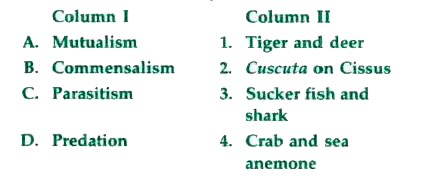 A(a) ABCD1234B(b) ABCD4321C(c) ABCD1322D(d) ABCD2314
A(a) ABCD1234B(b) ABCD4321C(c) ABCD1322D(d) ABCD2314
Match the columns I and II, and choose the currect combination from the options given :-
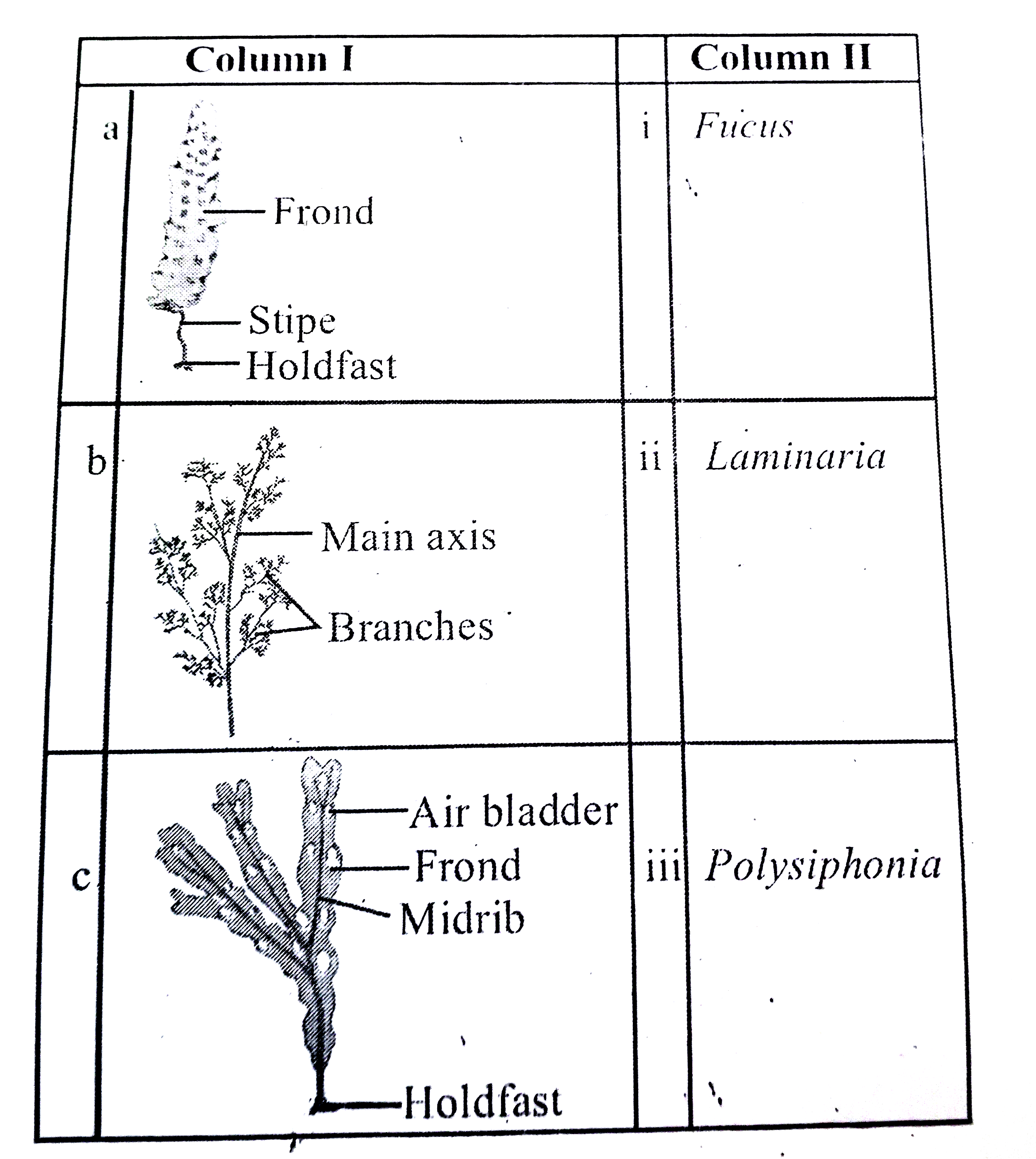
View SolutionMatch the columns I, II and III, and choose the correct combination from the options given :-
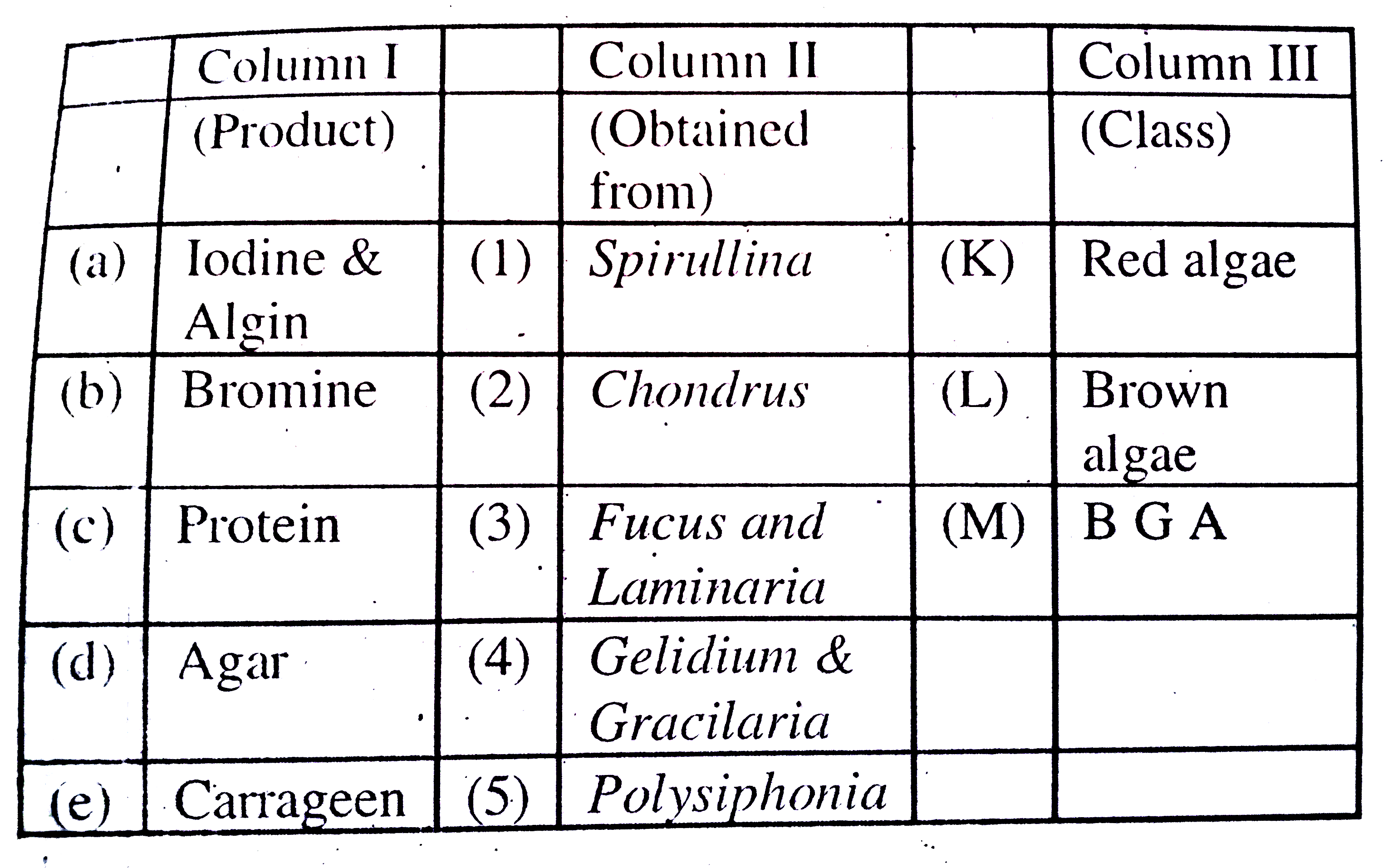
View SolutionMatch the column I, II and III and choose the correct combination from the options given :-
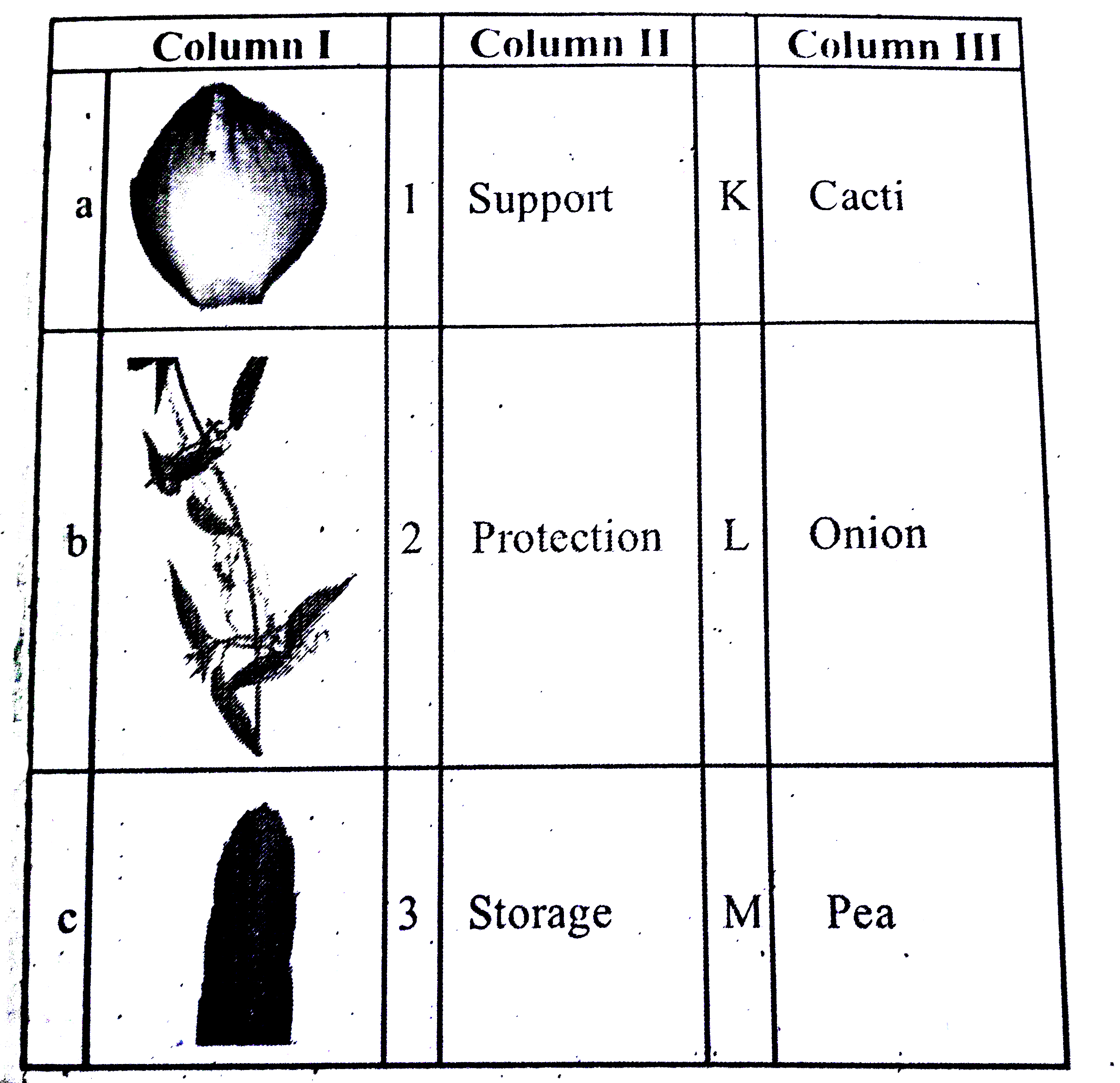
View SolutionMatch the columns I, II and III and choose the correct combination from the option given :
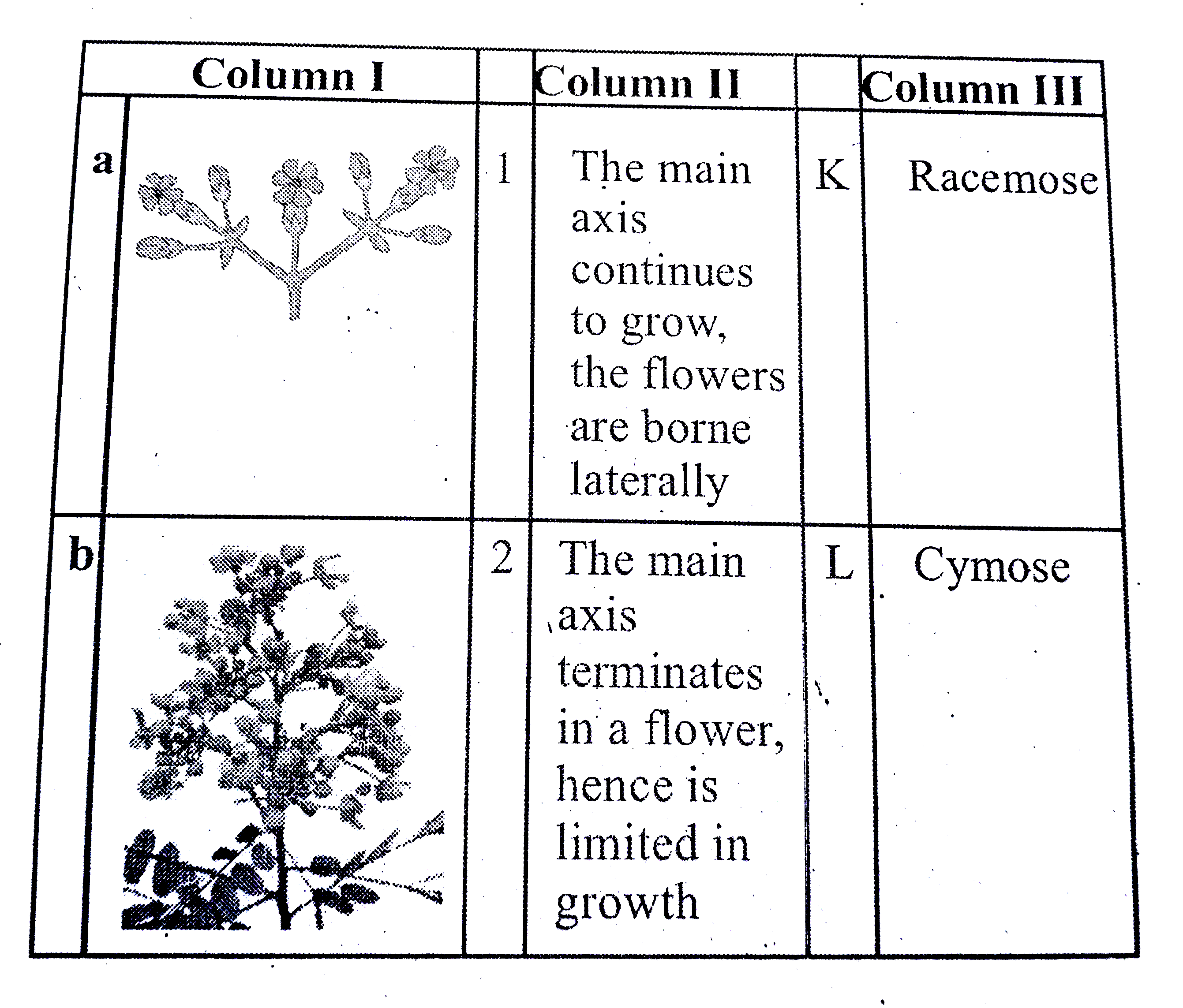
View SolutionMatch the columns I,II and III and choose the CORRECT combination, from the options given.
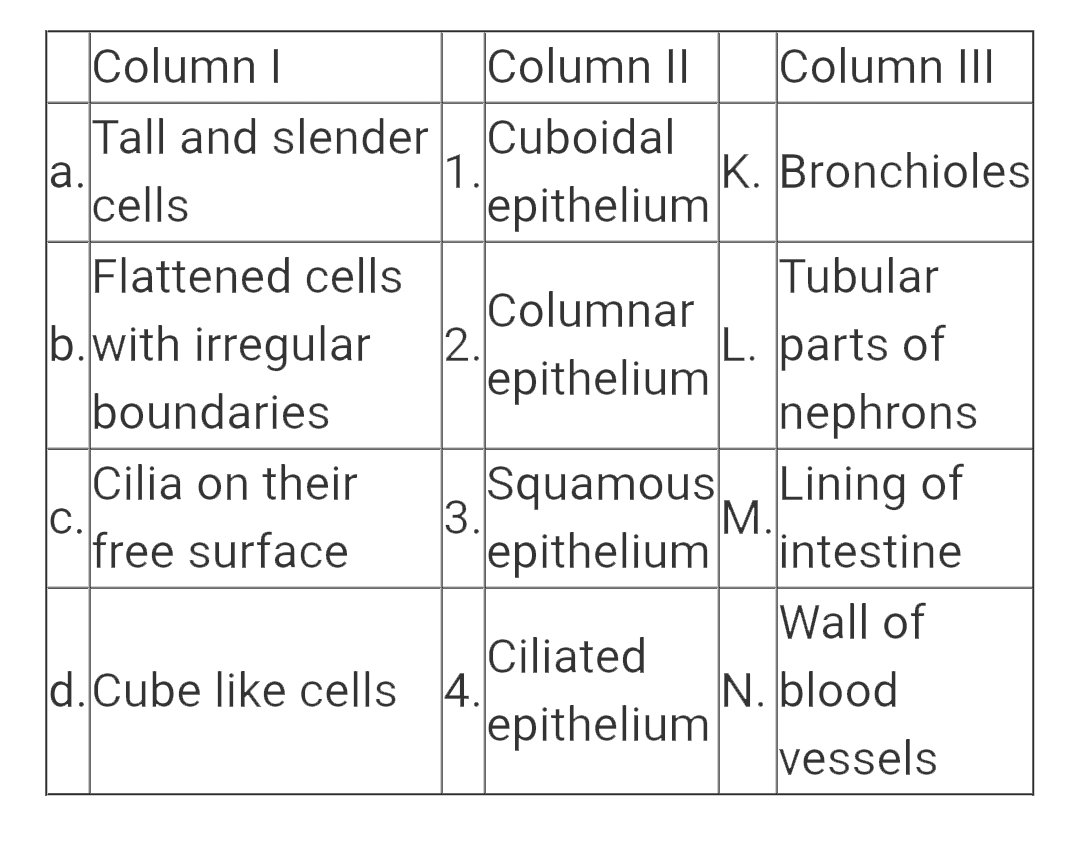
View SolutionMatch the columns I and II, and choose the correct combination from the options given.
Column IColumn IIi.Spongea.Monoeciousii.Leechb.Dioeciousiii.Cockroachc.Hermaphroditeiv.Frogd.Unisexualv.Date plame.Bisexual
View SolutionMatch the column I with column II and choose the correct option

View Solution



